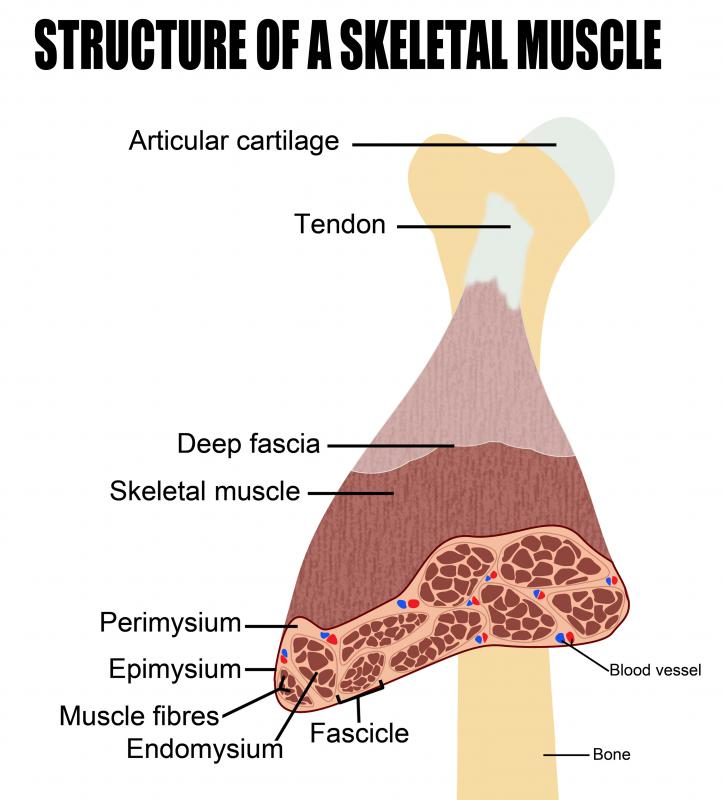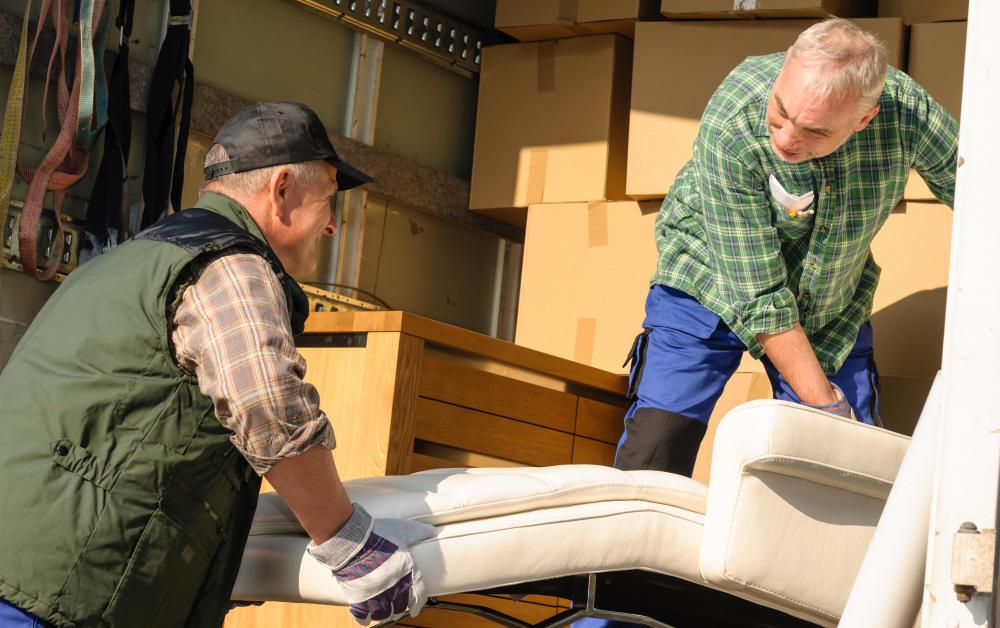At TheHealthBoard, we're committed to delivering accurate, trustworthy information. Our expert-authored content is rigorously fact-checked and sourced from credible authorities. Discover how we uphold the highest standards in providing you with reliable knowledge.
What Is Myoskeletal Alignment Technique?
Myoskeletal alignment technique (MAT) is a type of bodywork which blends the principles of osteopathy and structural integration to relieve chronic pain, and to reduce the potential for the emergence of pain which could become chronic over time. This technique is often integrated into regular massage and bodywork sessions, and it can also be used alone to treat systemic problems. Practitioners of myoskeletal alignment technique can be found in many regions of the world. The focus of this technique is on back and neck pain in particular, since this type of pain is extremely common in the industrialized world.
The basic idea behind myoskeletal alignment technique is that back and neck pain are caused by fundamental problems with the musculoskeletal system. Tight, stressed muscles contribute to pain by limiting freedom of movement, while weak muscles provide inadequate support for the body. This in turn leads to posture problems, stiffness, and other symptoms which create an endless cycle of pain. By addressing the fundamental issues in the muscles and fascia, practitioners hope to eliminate the associated symptoms.

Structural integration and osteopathy both rely heavily on the manipulation of the muscles, fascia, and skeletal system with the goal of promoting general musculoskeletal health. The idea behind structural integration is that if someone's body can be aligned properly, his or her health problems can be dramatically reduced, because the body will work as a whole. Osteopathic practitioners share this idea, arguing that many chronic health conditions are related to musculoskeletal problems.

In a session of myoskeletal alignment technique, the practitioner works to lengthen tight, strained muscles with the goal of releasing tension and allowing those muscles to function more normally. At the same time, weak muscles are encouraged to grow stronger with the use of gentle, focused stretches which work those muscles. The muscles and fascia will also be manipulated to release pain and to encourage proper musculoskeletal alignment.

A session of myoskeletal alignment technique can sometimes alleviate neck and back pain considerably. Regular sessions can be used to address the early signs of pain, bringing the body back to a neutral state before it develops a vicious cycle of pain. This type of bodywork can be especially useful for people in stressful occupations, or for people with jobs which require repetitive motion, as these careers can place a great deal of strain on the musculoskeletal system.
AS FEATURED ON:
AS FEATURED ON:


















Discussion Comments
Have you had a back/neck x-ray? Check to see whether you have a cervical rib. For 15 years I went to chiropractors for various other relatively minor issues and no one mentioned or noticed this even though it was clear on the x-ray. Masseurs mentioned that I had very tense neck muscles, even though that was not my experience. Turns out it was bone and cartilage they were trying to soften.
At age 45, I woke up crying in the night in the worst pain of my life in my shoulders and hands, and research led me to the cervical rib. My arms have "fallen asleep" since I was a child. Numbness is a major symptom; the pain starts after they 'defrost'. I checked an old x-ray and there they were!
If this is so, learn to sleep on your back, with small pillows propping your elbows, hands on belly, neck supported with roll pillow, as mentioned. I have been coping with this for 10 years now and hardly notice it anymore, except when I sleep funny or a pillow is dislodged. No experience with your particular leg issue. Hope this helps. Good luck.
@saintsfan45: Hope you're doing good. It's beyond my scope of practice to diagnose. I am not a doctor. I'm a neuromuscular and trigger point therapist. However, I can make an educated guess based on my personal experience of working with people with similar symptoms. I believe your situation is very treatable and something you don't have to live with.
It sounds like it might be nerve entrapment of the brachial plexus is causing the tingling in the hands and maybe also median nerve entrapment. These nerves supply the arm. If you can raise your arms up to 90 degrees but not to 180 degrees, you could slightly raise your arms but not overhead. That would mean possible weakness from over-tightness of the upper shoulder muscles that allow for a full 180 degrees. If you can't even raise the arms to 90 degrees, this means there are another set of muscles involved. That's my guess. Like I said, all of these are easily treatable. The pain on the outer aspect of the thigh, I've found from my own experience, is easily treatable as well, if it is what I think it is.
to saintsfan45: I was the same way. Call Dr. Brooks or Dr. Hansen and do a free consult. Look up Brooks spinal care in tulsa. I was so frustrated because no one could help. i finally stumbled upon them and now have feeling in my fingers, etc. again.
I am no doctor, just a massage therapist, but my guess would be that you have chronic tension in your shoulders which has reduced your range of motion and is causing nerve compression, which not only adds to your pain, but makes your arms go numb as well.
Learning to sleep on your back with a pillow that supports your neck is what I would recommend, as well as getting regular massages and chiropractic adjustments to relieve muscle tension and nerve compression.
please could someone tell me why my shoulders and the outside of my legs from top to bottom kill me. I cannot raise my arms up to take my shirt off because it hurts and when i try to fall asleep the side I sleep on goes numb and so I turn and then that side goes numb. Help me I am 46 years old and I really can't take this pain anymore no one can tell me what is wrong with me. four doctors and nothing.
Post your comments